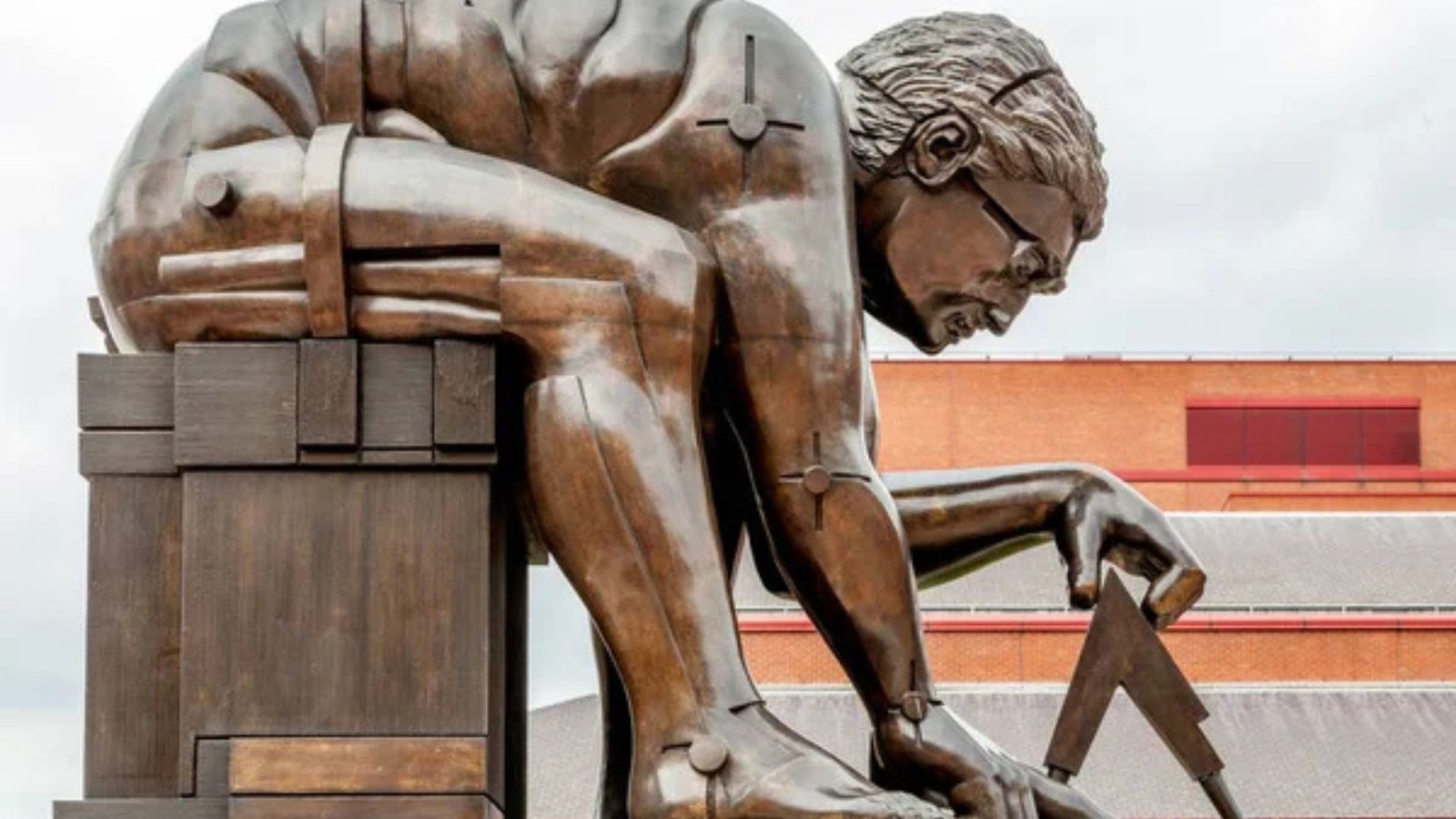Famous bronze sculptures hold a unique place in art history. They represent not only incredible craftsmanship but also powerful stories that have shaped culture for centuries. The material itself, bronze, offers both durability and beauty, making it a favorite medium for some of the most iconic sculptures ever created. In this article, we will explore some of the most famous bronze sculptures and the stories behind them.

Famous Bronze Sculptures: The Story of “The Thinker”
One of the most famous bronze sculptures in the world is Auguste Rodin’s The Thinker. Created in 1880, this sculpture initially started as part of a larger work called The Gates of Hell. It depicts a muscular man seated, deep in thought, with his chin resting on his hand. The sculpture represents human contemplation and intellectual struggle.
Rodin’s The Thinker has become a symbol of human contemplation and the process of thinking. Over time, it has come to represent philosophy and the complexity of human existence. The figure’s posture, often interpreted as both strong and vulnerable, invites viewers to reflect on their own thoughts and experiences. Rodin’s mastery of form and emotion has made The Thinker one of the most celebrated bronze sculptures in history.
The Iconic “David” by Donatello
Another iconic bronze sculpture is David by the Italian artist Donatello. This statue, completed in the early 1440s, stands as one of the first free-standing nude sculptures since antiquity. It shows the biblical hero David after his victory over Goliath. Unlike other depictions of David, Donatello’s bronze statue presents him as youthful, delicate, and almost effeminate, emphasizing the contrast between physical power and the triumph of intellect.
Donatello’s David represents the triumph of Florence and the virtues of humanism that were central to the Renaissance. This piece symbolizes the power of the individual against overwhelming odds, and its influence on both art and culture has been profound. The sculpture remains a testament to Donatello’s skill and his ability to convey complex emotions and ideas through the medium of bronze.
The Power of “The Burghers of Calais”
Another famous bronze sculpture with a powerful historical story is The Burghers of Calais by Auguste Rodin. This work commemorates the self-sacrifice of six prominent citizens of Calais during the Hundred Years’ War. In 1347, these citizens volunteered to surrender themselves to the English in exchange for the city’s freedom. Rodin’s sculpture, created in 1884, captures the moment of their quiet courage.
Unlike heroic representations of victory, The Burghers of Calais portrays defeat, vulnerability, and personal sacrifice. The figures in this work do not exude power or glory but instead show the emotional weight of their decision. The sculpture highlights Rodin’s ability to express complex human emotions and the deep inner struggles that define the human experience. This piece remains one of Rodin’s most powerful works, illustrating the moral strength of individuals in the face of adversity.
The Magnificence of “The Victory of Samothrace”
The Victory of Samothrace is another famous bronze sculpture, though the original work was crafted in marble. It is widely regarded as one of the greatest masterpieces of Hellenistic art. Created in the 2nd century BC, it depicts the goddess Nike, the personification of victory, in mid-flight. Her wings are spread, and her flowing garments create a sense of dynamic movement and power. While the original was made of marble, many bronze replicas of the sculpture have been cast throughout history.
The story behind The Victory of Samothrace is one of triumph and celebration. The sculpture was originally placed on the bow of a ship to commemorate a naval victory, symbolizing the power of the goddess in guiding the fleet to success. The graceful yet powerful stance of Nike continues to inspire awe and admiration in all who view it. Even in its many reproductions, the sense of movement and emotion captured in this work remains striking.
Conclusion
Famous bronze sculptures have stood the test of time, preserving stories of triumph, sacrifice, and intellectual thought. Whether it’s Rodin’s contemplative The Thinker, Donatello’s youthful David, or the selfless The Burghers of Calais, each sculpture represents an important moment in history. Bronze’s durability has allowed these masterpieces to remain relevant, transcending time and continuing to inspire generations. These works of art show that, beyond their material form, bronze sculptures are powerful storytellers that carry emotional and historical significance.











